During our recent trip to Japan, we spent a few days in Tokyo. It is a huge city and each area has its own characteristics… they are almost separate towns that make up a huge metropolis. Asakusa is completely different to Shibuya or Ginza for example. Even though each place is fascinating, we particularly liked Asakusa. Asakusa is located in Taito-ku (Taito District) near the Sumida river. Maybe we got sentimentally attached to it, as it was the first place we saw when we arrived in Japan, but it’s hard not to fall for the Sensoji temple, the oldest temple of Tokyo, and the surrounding streets.
SIGHTSEEING

The first thing you see when approaching the Sensoji is the temple’s gate: Kaminarimon (the Thunder Gate). On the sides of the the gate you can see the statues of the wind and thunder gods.

Right after the gate, you arrive on Nakamise-dōri, a pedestrian street that dates back back to 1688 and is lined with little shops

These shops sell everything from souvenirs to toys, chopsticks and various Japanese snacks like Yokan (Japanese jelly), Osenbei (Rice Crackers),

and Ningyoyaki (a sort of pancake with red bean paste filling).

We saw how Ningyoyaki are made… some shops use machines, others still make it by hand! They pour the batter into the molds and fill them with the red bean paste and then cook them over the fire. Fascinating.
I love the chopstick shops…

I bought a pair of hashi with a crane and a chopstick holder as well.

At the end of Nakamise-dōri, you see the second gate, called Hozomon.

Here is where you “get ready” to enter the temple. You can walk up to the burning incense and wave the smoke towards the part of your body you want to be blessed.

Then at the fountain you need to wash your hands. The correct way of doing this is: hold the ladle with your right hand and rinse your left hand, then hold the ladle with your left hand and rinse the right hand, and hold the then ladle with your right hand one more time and pour some water into your left hand to rinse your mouth (do not drink from the ladle!).

The main temple hall is called Kannondo, and the god Kannon sits at the center surrounded by other gods.
After you are done praying, you can get a Omikuji and read your fortune. You shake a box and get a random stick out of it. Then you match the symbol with the one of the drawers with all the fortunes and get your own fortune. This is easy if you know how to read Japanese… but I had to ask some help to match it! In the Japanese tradition, if you get a bad fortune (凶), roll up the paper and tie it up on the rack nearby. Pray to the bad fortune and hope that the gods will protect you from harm. I was lucky and got a good one… after which I never tried my luck again at any other temple!!

Nearby, there is also the beautiful five story pagoda.
After visiting Sensoji, I recommend a visit to Kappabashi: 3 blocks of shops that cater for restaurants and where you can find everything you would want in your kitchen. You can find pots, restaurant furniture, fake food, knives, plates, bowls…

That’s where I found my tamagoyaki pan!

And that is also where I should have bought a ginger grater and a Japanese plate that I now so want!!! Note to self: never leave your shopping for when you are badly jet lagged, you will be terribly disappointed when you get back!
We also visited a beautiful shop that sells hashi/chopsticks and other such things made out of wood. It’s called Hashitou and I recommend you visit it!!
Also, have a look at all the restaurants and their displays of “plastic food”. They have plastic models of the food they serve, which makes it easy for you to order. What I loved was how realistic the fake food was!

If, like us, you are lucky enough to be in town the third weekend of May, you can experience the Sanja Matsuri which is one of the three great Shinto festivals in Tokyo. We got to see some portable shrines/floats being paraded around and you can also see traditional music and dancing. A funny curiosity… some of the men carrying the shrines were not wearing pants!
FOOD
Asakusa is also the place where we first experienced Japanese food in Japan!
We ate in an izakaya that we chose by chance among others. It was packed with local people, so it had to be good. And it was. Unfortunately I do not know the name, but I know where it is (I will add it to the map at the end of this post).
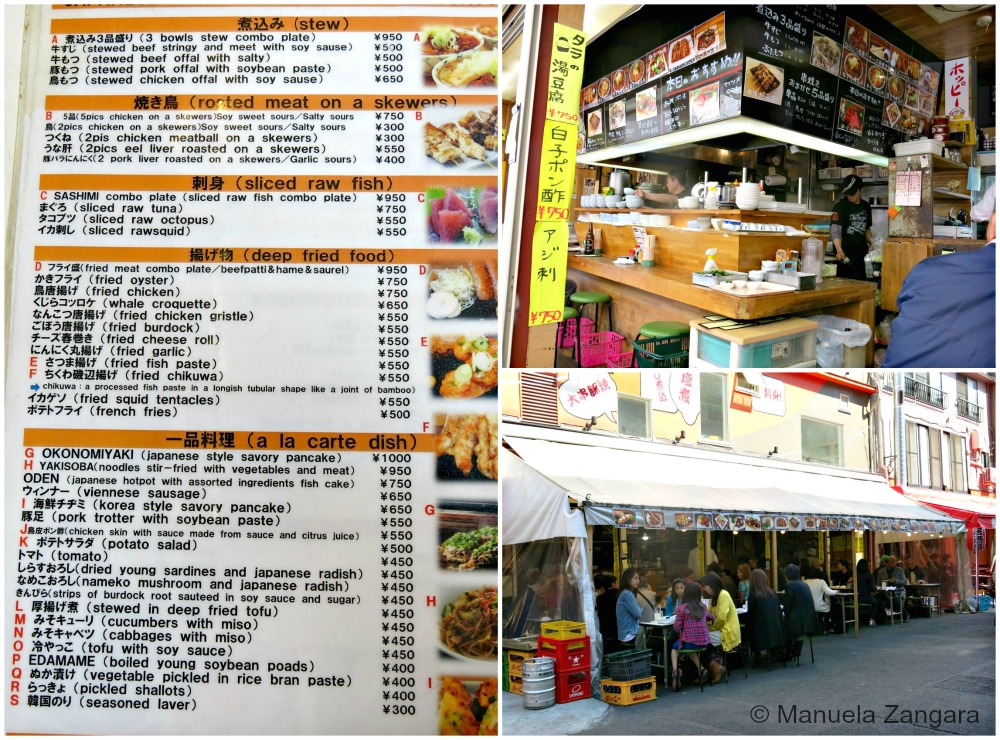
The food was so good that we went back on our return trip. We had tuna sashimi.
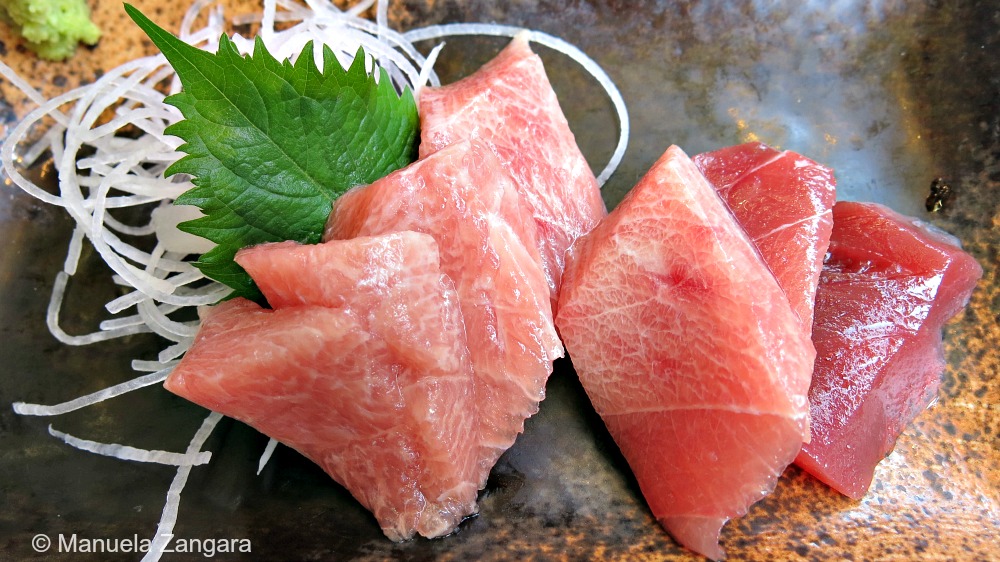
Yakitori

Tsukune

And Chicken Karaage
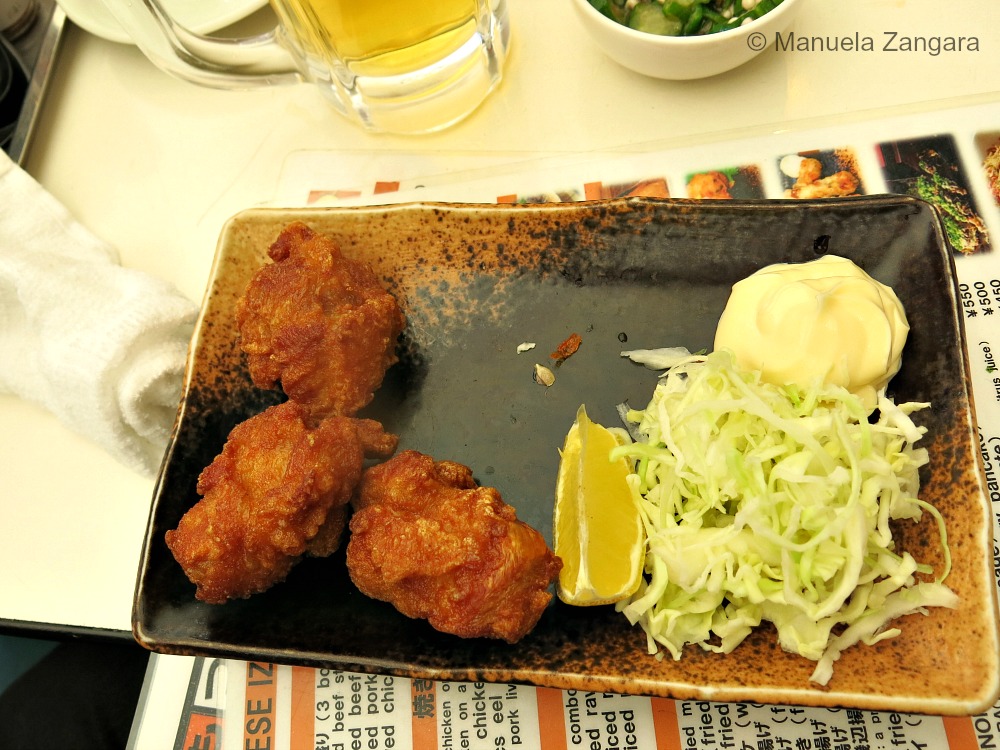
Even though it was freezing cold, the girls still insisted in having ice cream… so we got some Sweet Potato and Vanilla soft serve ice cream. Yum!!!
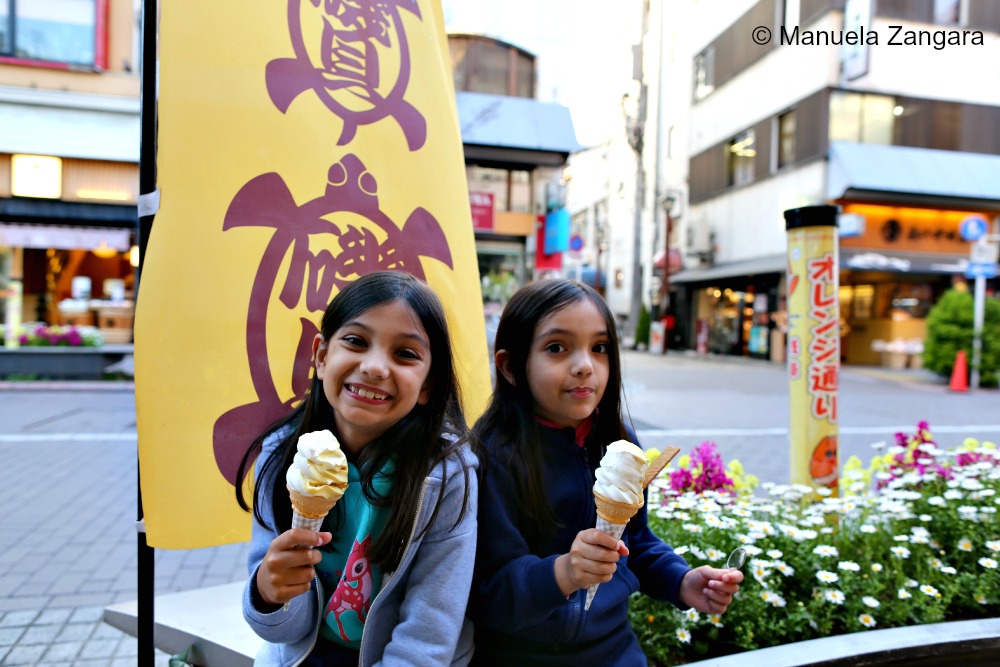
But the best part about Sensoji and Nakamise-dōri is the street food. The area around the temple is packed with food stalls, that sell anything you can think of! Mixed yakitori, candied fruits, sweet potato chips, okonomiyaki, takoyaki, chicken karaage…
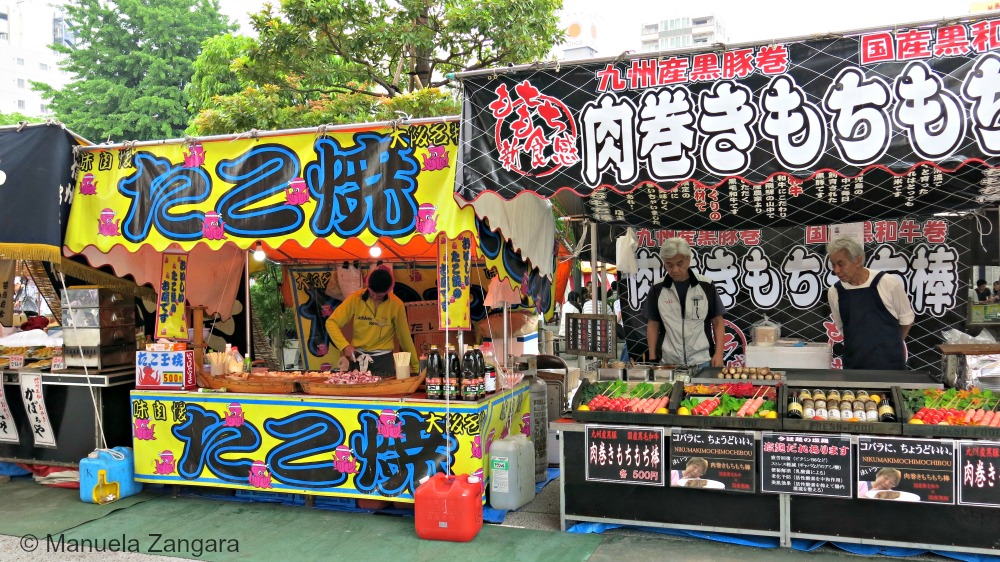
While we are at it… if you like Chicken Karaage, you MUST try the karaage sold at the food stall at the corner of Nakamise-dōri and the Hozonom Gate (opposite the Ningyoyaki shop – on the right hand side if you are facing the Sensoji)…


It sells the BEST karaage we had during our whole holiday! And we did eat a lot!

ACCOMMODATION
In Asakusa, we slept in a Japanese style hotel: Ryokan Kamogawa. It was our first night in Japan and the first time we slept on a tatami and we were really surprised by how comfortable it was.

The ryokan is in a fantastic spot. It’s basically just off of Nakamise-dōri, on a quite side street. And it’s less than a 5 minute walk from the Sensoji. Really unbeatable as it was very easy to go and explore the area by night, even after our flight and with 2 kids in tow!


It is a family business, so it’s not a huge hotel. We loved how cozy it was and the room was big enough for the 4 of us.

We even had a Yukata each to wear for the night and all the usual toiletry sets you find in Japanese hotels, like toothbrushes and toothpaste, razors etc…

The only not so great thing was the toilet, as it was really tiny. But we were happy to have a private bathroom with a shower and even though it was small, it even had a modern toilet with a washlet and heated seat!

Booking was very easy. I sent an email directly to the hotel, but you can also check Booking.com or HotelsCombined to see if they have any better prices.
The friendly staff also helped us to organise the takuhaibin service, to have our luggage shipped to our accommodation in Kyoto. This is a very convenient service with a reasonable price (about $15 per suitcase) and when you get to your destination, you find your bags waiting for you!
I highly recommend Ryokan Kamogawa for the comfort of the room, the friendly service and the amazing location. This is definitely the place where we will be staying on our next visit to Tokyo.

RESOURCES ON MSM
Recipes:
Travel in Japan:
HOW TO GET THERE
The easiest way to get to Asakusa is by subway. Asakusa station is on the Ginza line, just 2 stops away from Ueno.
MAP
*In the spirit of full disclosure, this post contains some affiliate links, which means that I may get a commission if you decide to purchase anything from my partners’ sites.





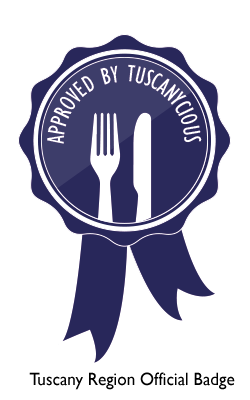












Great tips and shots Manu. Kappabashi was early in our trip. I don’t regret for on minute, all the “souvenirs” I got there.